Endangered Falcon Sold for $42,000
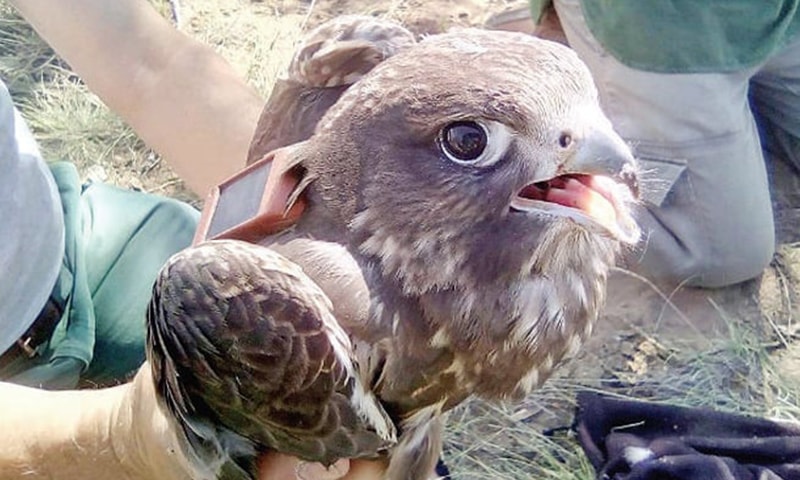
The Saker falcon favors plains and desert-like habitats. It lives in the northern parts of Eastern Europe, such as Hungary and southern Siberia and is also found in places like the northern part of China or Pakistan.
They’re beautiful birds, largely brown or reddish-brown on top, with contrasting gray flight feathers and are usually a little over two pounds when fully grown. They’re also endangered.
Several countries have been taking part in conservation efforts to preserve the birds, including taking measures such as the re-introduction program in the Altai mountains.
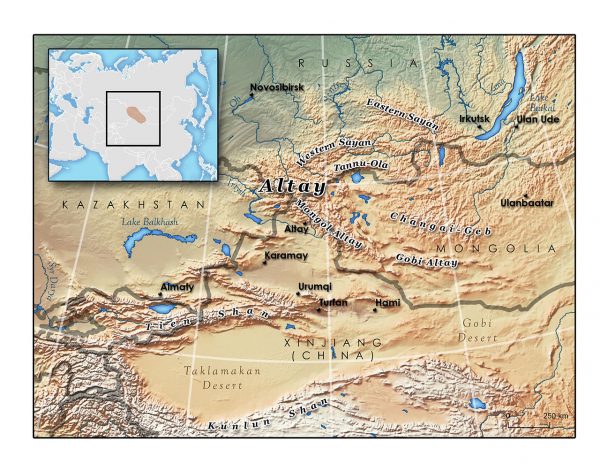
Here orphaned young birds are placed in the nests of mated pairs who already are raising young on the premise that parenting adults will likely accept an “alien” bird. The program has met with some success, and they have so far managed to reintroduce nearly 40 of the falcons.
The birds the program has re-homed are fitted with GPS trackers and given code numbers so that ecologists can monitor them. That’s how they know that one of the birds was caught in Pakistan about three months after it received its tracker and was sold to a buyer in the United Arab Emirates for about $42,000.
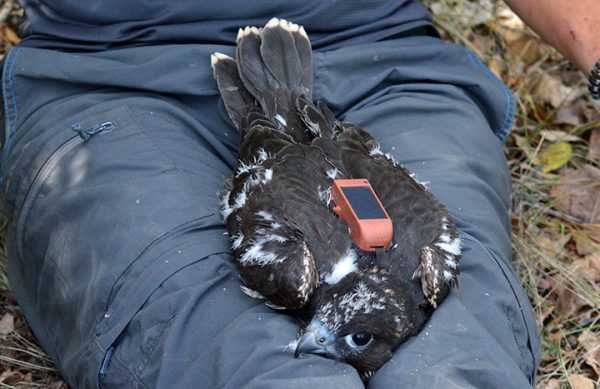
One of the primary reasons for the species’ decline is poaching. The Bedouins, for example, have a strong tradition of falconry, according to Conservation Frontlines; they live in the Arab Peninsula, which is where many Saker falcons migrate in the winter.
The birds are captured, quickly trained, and used through the winter months, then released in the spring to make their trip back north. The practice was originally sustainable and is a long standing tradition.
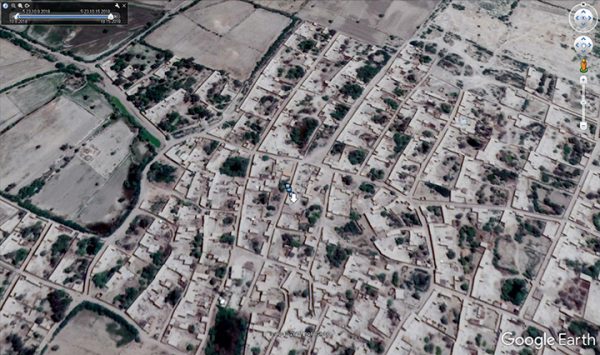
Early in the 21st century, however, Saker falcon populations were clearly on the decline. Falconry was gaining in popularity in the Gulf area at that time, as more Arabs were taking the practice up as part of their cultural heritage. It’s believed that the drop in the species’ numbers was a direct result of trade in the birds, whether legally or not.
Because of the decline, the UAE decided to stop permitting the sale of birds that were captured from the wild and only allow the use of birds that were bred and raised in captivity.
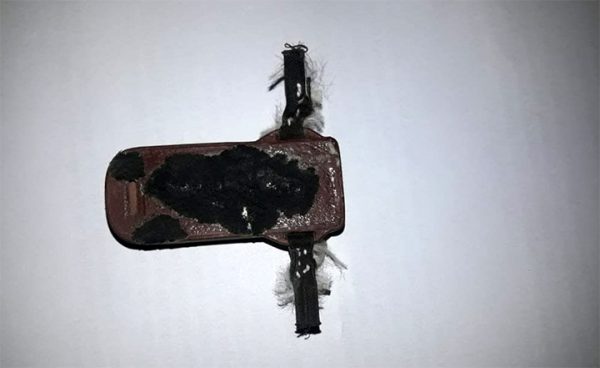
That shift meant that capturing wild birds is illegal, and the birds are supposed to be purchased from bird farms. Now only about 5% of the Saker falcons used in that country come from the wild.
The $42,000 sale of a particular Saker falcon was part of the 5%.
The subspecies of the birds that comes from the Altai region are particularly prized for their beauty and are sought after by falconers, which has nearly destroyed the population.
Birds from that area migrate to Pakistan, which is where the poachers strike, capturing birds and selling them to sheikhs who believe that wild falcons make better hunters than those raised on farms. The poachers are usually very poor, and catching the birds may be their only means of securing an income, according to Igor Karyakin, an ornithologist from the Russian Network for Study and Protection of Birds of Prey.
When the pattern of the captured falcon’s GPS signal showed that it had probably been caught, ecologists from the World Wildlife Federation in the Altai region reached out to colleagues in Pakistan. They helped them figure out where the signal was coming from and also involved authorities in the area in preparation for staging a rescue.
Unfortunately, they were a little too slow to reclaim the bird. By the time they got to the place the GPS signal had been coming from, the tracker had been removed from the bird, and the bird had been sold in what was arguably the biggest sale of the season.
Because so many of the birds used in falconry are, in fact, eventually returned to the wild, per Bedouin tradition, there’s a never-ending market for new birds.
Unfortunately, most of the birds that get released die from the stress, according to Karyakin, which only serves to further reduce the number of falcons in the wild. Additionally, many of the birds captured by poachers and resold are not actually the wild birds that the customers who are paying top dollar believe they are.
They are often birds that were originally purchased from farms or birds that are captive born as part of a reintroduction program. The Siberian Saker just sold for $42,000 is one example.
Another Article From Us: Turkish Airlines Partner to End Illegal Wildlife Trade
It was born at Vitasfera birds nursery and reintroduced to the wild. The same type of bird could have been legally bought from a bird farm for a small fraction of the price of this illegal sale. Sadly, the belief that they are getting wild birds and following cultural traditions continues to feed the trade in this endangered species.
